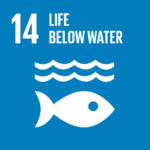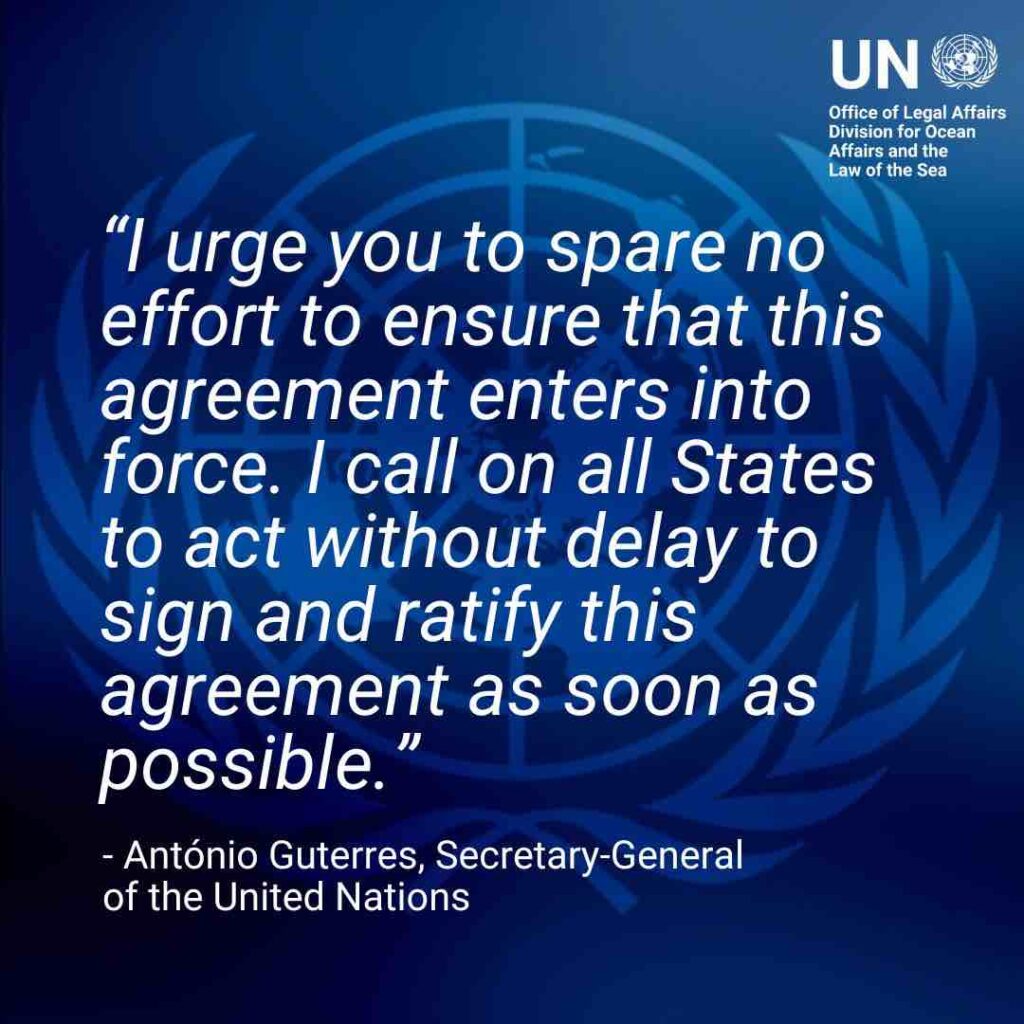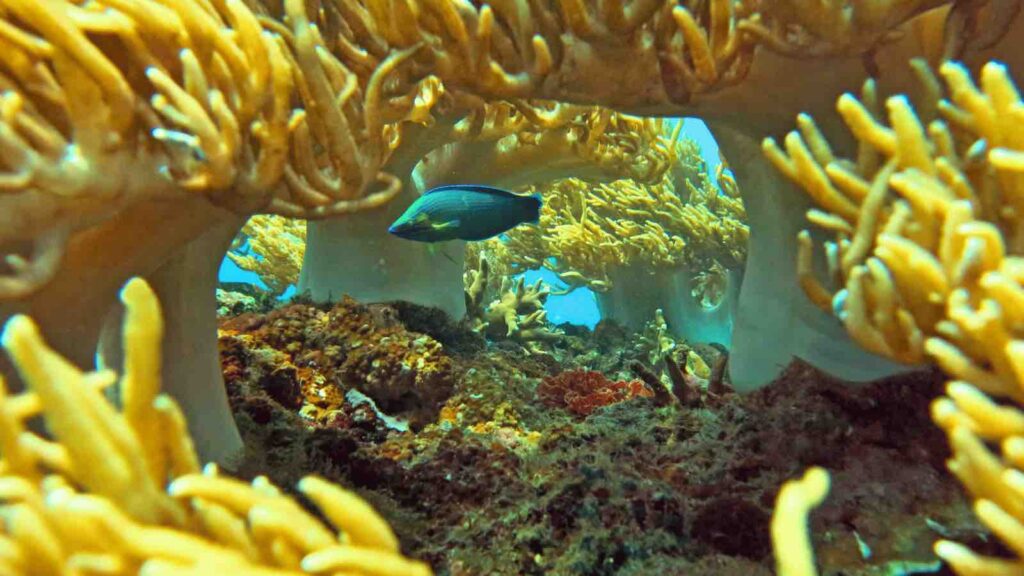Historic agreement adopted at the UN for marine conservation and sustainable use of biodiversity in over two-thirds of the ocean.
As a generation who values sustainability and environmental preservation, millennials and Gen Zs will find the latest United Nations resolution a refreshing and pivotal turn in the global fight against environmental degradation. In a historic agreement adopted in New York, the United Nations has committed to conserving and sustainably using marine biodiversity in areas beyond national jurisdiction, effectively covering over two-thirds of the world’s oceans.
RELEVANT SUSTAINABLE GOALS




This revolutionary measure comes at a crucial time. According to António Guterres, Secretary-General of the United Nations, “You have pumped new life and hope to give the ocean a fighting chance,” applauding this manifestation of the power of multilateral cooperation against global threats. The agreement is a testament to the importance of collective action, demonstrating that individual countries can indeed unite for the common good.
The significance of this agreement can’t be understated. With over 75 articles addressing the responsible usage of the marine environment, maintaining the integrity of ocean ecosystems, and conserving marine biological diversity, the treaty is a beacon of hope for the world’s oceans, currently under threat from pollution and unsustainable activities.
As a generation who values sustainability and environmental preservation, millennials and Gen Zs will find the latest United Nations resolution a refreshing and pivotal turn in the global fight against environmental degradation. In a historic agreement adopted in New York, the United Nations has committed to conserving and sustainably using marine biodiversity in areas beyond national jurisdiction, effectively covering over two-thirds of the world’s oceans.
The high seas treaty: A multi-faceted Approach To Tackling Pressing Environmental Concerns
The high seas treaty, adopted by the Intergovernmental Conference on Marine Biodiversity of Areas Beyond National Jurisdiction (BBNJ), offers comprehensive protection against destructive trends. It recognizes the ocean as the lifeblood of our planet, a sentiment that echoes with the environmentally-conscious ethos of millennials and Gen Zs.
However, the real triumph of the treaty lies in its multi-faceted approach to tackling pressing environmental concerns. From managing fish stocks sustainably and reducing marine pollution to addressing the adverse effects of climate change and ocean acidification, the treaty establishes an integrated approach to ocean management, a critical step in realizing the 2030 Agenda.

The new agreement is an exemplary model of global cooperation in the face of a global crisis. By offering provisions for capacity building, technology transfer, and acknowledging the traditional knowledge of indigenous people, the agreement stands as a paragon of equitable and inclusive action for environmental conservation.
The ratification of the agreement will be a significant milestone in global marine conservation efforts. With the agreement open for signature at United Nations Headquarters in New York for two years from 20 September 2023, the UN Secretary-General has urged all states to ensure the agreement enters into force and be part of this global effort towards ocean conservation.
You may also be interested in :
Karimunjawa’s Triumph : A Small Victory With A Big Impact In The Climate Crisis


